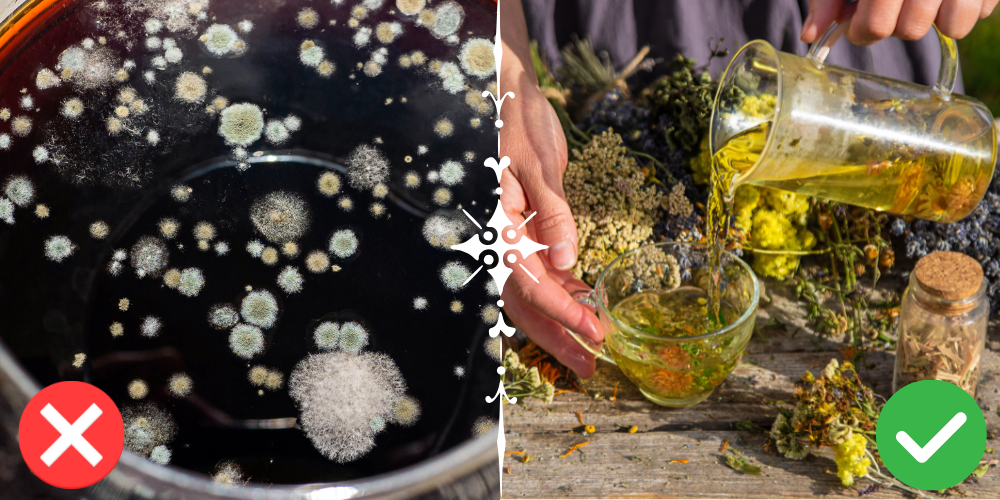
9 Remedy Mistakes You’re Making Right Now
Let’s face it: natural remedies are supposed to be the safe alternative. That’s why you turned your back on pills, chemicals, and side effects in the first place. You wanted control over your health. Relief from pain. Freedom from pharmacies.
But here’s the hard truth no one likes to talk about:
A badly made remedy can be just as dangerous as the drugs you’re trying to avoid.
One wrong herb. The wrong part of the plant. The wrong dose. Or even something as simple as water that’s too hot… and suddenly the remedy in your hands has no effect, or worse, it’s harming your liver, your nerves, or your gut.
And that’s why I finally sat down and wrote this guide: to put an end to the guesswork and help you make remedies that heal, not hurt.
So if you’re making remedies at home, or even just considering it, this article is your wake-up call.
Here are the 9 most common and dangerous mistakes people make when preparing herbal medicine… and how to avoid every single one of them.
⚠️ Mistake #1: Believing “Natural” Means Safe
If it grows from the ground, it must be harmless… right?
Wrong. That’s one of the most dangerous assumptions in herbal medicine. Nature is full of poisons. And the line between healing and harm is razor-thin.
Every year, over 100,000 people in the U.S. fall victim to plant poisonings. Many from simply mistaking a lookalike weed for a healing herb.
Take pokeweed berries, for example. They look eerily similar to elderberries. But while elderberries (when cooked) help fight colds… just 10 pokeberries can poison an adult.
Even the FDA warns: “Natural does not always mean safe”.
If you treat your remedies like harmless tea… you’re playing with fire. Because the wrong leaf, the wrong root, or the wrong dose could send you straight to the ER.
⚠️ Mistake #2: Using the Wrong Part, or the Wrong Plant
Did you know that the same herb can heal or hurt you… depending on which part you use?
Elderberry fruit can soothe a cold. But the raw leaves and seeds? They contain cyanide-like compounds that cause nausea… and worse.
Many herbs concentrate their medicine in a very specific part: roots, bark, flowers. Use the wrong part, and your “remedy” might be useless… or toxic.
Worse still, plant misidentification is a leading cause of herbal poisoning. Wild plants often look alike. One slip-up while foraging, and you’ve brewed a slow poison instead of a healing tea.
Your safest bet? Learn the Latin name. Use field guides. Buy from trusted sources. And never assume the whole plant is safe just because part of it is.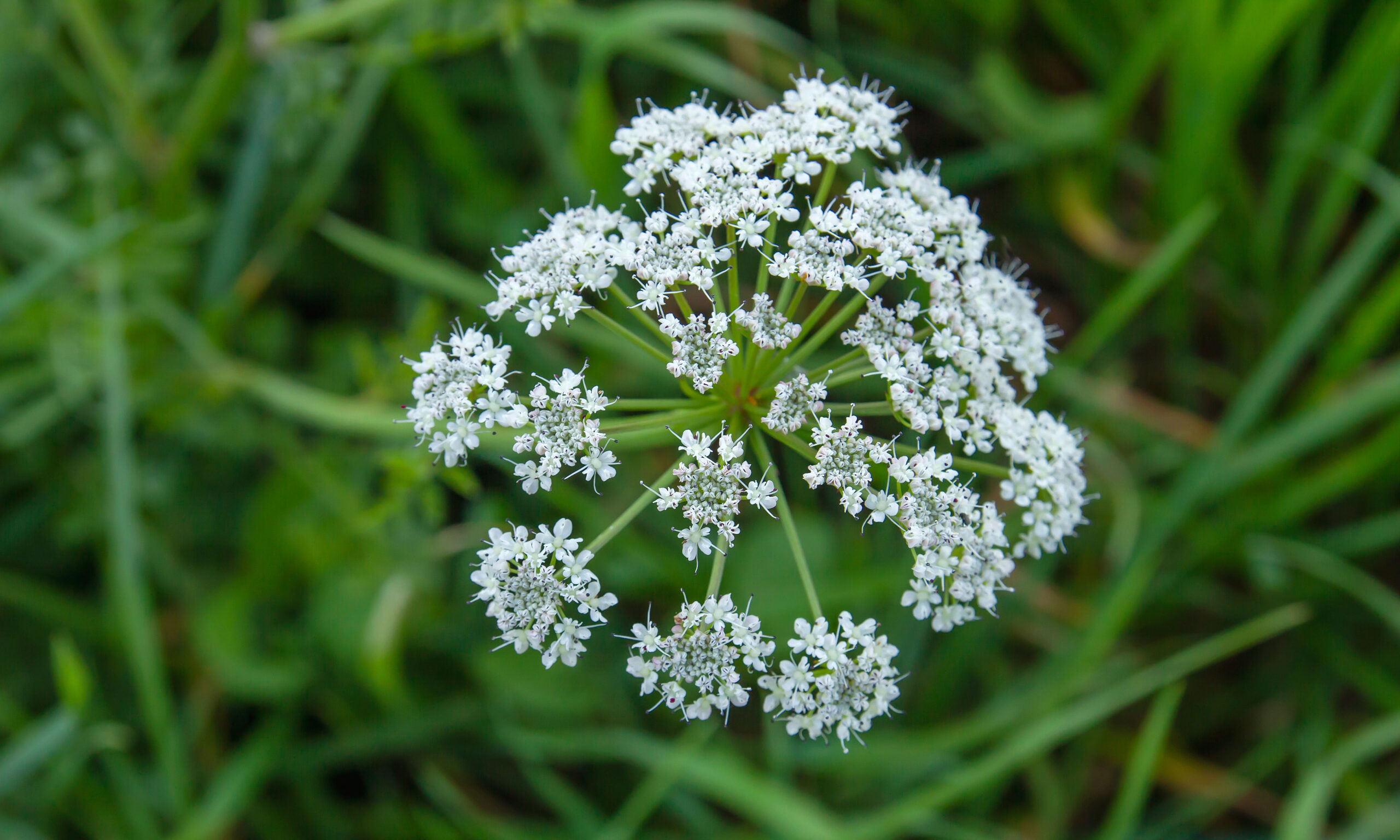
☠️ One Misidentified Plant Can Be Deadly. This Guide Makes Sure That Never Happens.
If you’ve ever stepped into your backyard and thought, “Maybe this is the right herb”, you’re already on dangerous ground.
Water Hemlock looks like Elderberry.
Pokeweed gets mistaken for Medicinal Berries.
Some “safe-looking” leaves hide liver toxins.
And all it takes is one leaf, one sip, one innocent mistake… to end up in the ER, or worse.
That’s why The Forager’s Guide to Wild Foods isn’t optional. It’s a survival tool.
Written by Dr. Nicole Apelian, a biologist, herbalist, and TV survivalist who lived off the wild for 57 days, this guide goes far beyond identification:
✅ 400+ wild edible and medicinal plants, mushrooms, and trees
✅ Full-page COLOR photographs with close-ups of every identifying feature
✅ Side-by-side comparisons with their poisonous lookalikes
✅ Local distribution maps, so you only focus on what grows near you
✅ Clear guidance on which part to harvest, when, and how to safely prepare it
✅ Plus: sections on food preservation, wild remedies, edible trees, and more
This isn’t just a foraging guide, it’s your insurance policy when everything else fails.
You’ll even discover:
- The “superweed” that saved communities during the Great Depression
- The plant that secretes a natural painkiller, hidden in your driveway
- The $200/pound mushroom that might be growing in your backyard
- How to tell instantly if you’ve found Reishi, or just another useless shelf fungus
⚠️ If you’ve ever even considered making a home remedy, you need this book by your side.
⚠️ Mistake #3: Thinking “More Is Better”
This is where well-meaning people go too far.
You’re in pain. You want results. So you add a little more herb. Then a little more…
But here’s what no one tells you: you can absolutely overdose on herbs.
Taking too much of certain plants can cause anything from gut cramps and headaches… to organ damage or dangerous electrolyte imbalances.
Licorice root is a common example, it’s helpful in small amounts, but can raise your blood pressure and mess with your heart rhythm if you overdo it.
And essential oils? Taking large internal doses of sage or rosemary oil can trigger seizures.
So no, more isn’t better. It’s reckless. Stick to proven dosages. Because every herb is a chemical cocktail. And just like pills… they can backfire.
⚠️ Mistake #4: Brewing the Wrong Way
You can have the best herbs in the world… and still end up with a useless brew if you prepare them wrong.
Pouring boiling water over delicate herbs like rose hips or mint? That can destroy up to 50% of their vitamin C content.
And if you’re steeping peppermint or chamomile without covering the cup? You’re letting the medicine drift off into the air. Those healing oils, the ones that calm your nerves and gut, are volatile. They evaporate with steam unless trapped.
On the flip side, if you’re using roots or bark and just soaking them in lukewarm water… you’re extracting nothing.
There’s a right temperature, a right steep time, and a right method for every plant. Get it wrong, and you’re left with a cup of disappointment.
The Most Dangerous Mistake? Thinking You Can Learn This Alone
Let me be honest with you.
I used to make some of these same mistakes, burning off medicinal compounds with boiling water, using the wrong part of a plant, or tossing herbs together that should NEVER be mixed. I was guessing. And it nearly cost me my health.
That all changed when I completed The Lost Remedies Academy.
Why? Because inside the Academy, Dr. Nicole Apelian, an actual survivalist herbalist who’s healed herself from MS, shows you exactly how to make remedies step-by-step, on video, right in her kitchen.
It’s not a book. Not a blog post.
It’s like having a master herbalist over your shoulder. Guiding you. Warning you. Empowering you.
And the best part?
By the end, you’ll not only know how to identify wild medicinal plants and make powerful tinctures, poultices, oils, and decoctions…
You’ll also receive your very own Herbalist Diploma.
I have mine. And trust me, it’s not just a piece of paper.
It’s proof that I now know how to treat pain, inflammation, stress, cold, gut issues, skin infections, even fevers… naturally and safely.
With everything happening in the world, from drug shortages to hospitals overwhelmed in a crisis, this is the most important skill you can have.
If the pharmacy shelves ever go empty… you’ll still be able to heal yourself and those you love.
⚠️ This isn’t just about learning remedies.
It’s about never having to rely on pills or broken systems again.
⚠️ Mistake #5: Over-Steeping = Extracting the Bad Stuff
Here’s a nightmare no one talks about: you can steep a tea so long that you start pulling out toxins.
One study found that some teas steeped for 15 minutes, leached dangerous levels of lead and aluminum into the cup.
Not only that, over-steeping releases high levels of tannins, which can irritate your stomach and block nutrient absorption.
And in tinctures, leaving herbs to soak too long can pull out unwanted fats and even rot the batch.
Longer doesn’t mean stronger. Sometimes it means contaminated. So if you’ve been thinking “more time = more power,” it’s time to rethink that brew.
⚠️ Mistake #6: Under-Steeping = Making Flavored Water
On the other end of the spectrum… there’s you didn’t even try.
Tossing a pinch of herb into hot water for 2 minutes might give you a nice flavor. But medicinally? You just made expensive, aromatic tap water.
Most restorative teas need at least 10 minutes of steeping and a proper amount of plant material, often a full tablespoon per 8 oz cup.
For deep-mineralizing herbs like nettle or oat straw? Some experts recommend steeping overnight.
If your brew is weak, your body won’t get what it needs. The color might be right. The taste might be nice. But the healing compounds? Still locked inside the plant.
Don’t waste your herbs. Steep them like you mean it. But you don’t want to fall into Mistake #5 either. So remember: each herb comes with its own timer.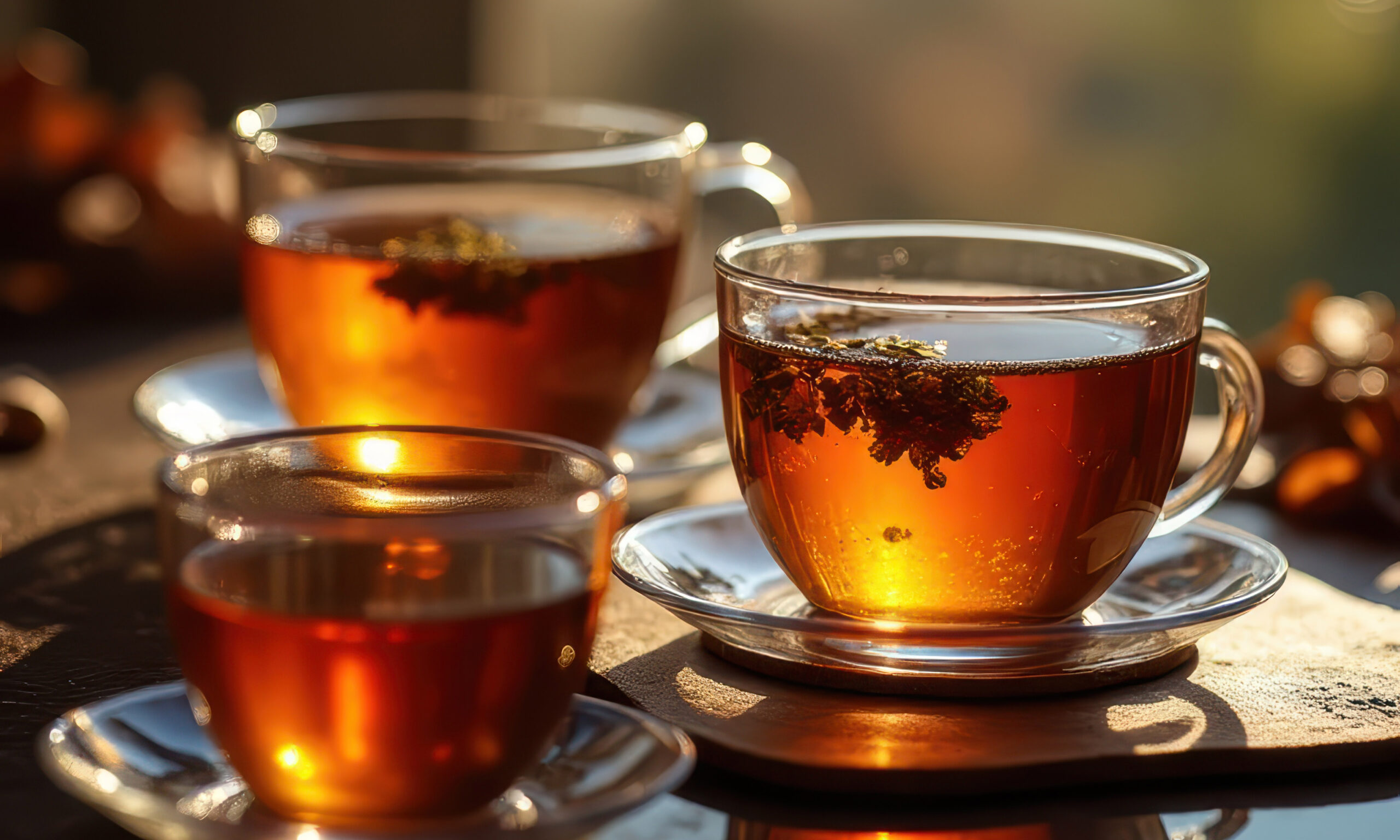
This Book Might Just Save You From Yourself
Let me tell you something hard to hear:
Most remedy books out there only tell you what to take… not how to make it properly.
That’s why so many people still get it wrong, over-infusing, mixing toxic plant combos, or storing their remedy in a way that grows mold.
But The Forgotten Home Apothecary is nothing like that.
This isn’t just a recipe collection.
It’s a full step-by-step visual blueprint with 250+ remedies, all organized by ailment, body system, and plant.
Each one shows you:
- Which part of the plant to use
- How long to steep it (not too little, not too long)
- What dose to take, and when
- Whether to use it as a tea, tincture, syrup, salve, or poultice
- And exactly what plants should NEVER be mixed together
There’s even a full chapter that goes beyond the 9 mistakes in this article, like how to avoid extracting heavy metals, which herbs cancel each other out, and what happens if you pick a plant growing near pesticides.
The book is like having an apothecary on your shelf, and every time I reach for it, I know I’m not making guesses anymore.
If you’ve ever felt unsure… if you’ve ever caught yourself wondering,
“Am I doing this right?”
Then this is your next move.
⚠️ Mistake #7: Using the Same Remedy Over and Over
Natural doesn’t mean “harmless over time.”
Many herbs are meant to be used short-term, not as daily tonics.
Take valerian or hops. Great for the occasional sleepless night. But if you use them every day? You risk grogginess, dependence, and reduced effect.
Even gentle herbs like peppermint or licorice can cause long-term issues when overused. Licorice, in particular, can spike your blood pressure and deplete your potassium if taken too often.
Herbal laxatives like senna? They’ll wreck your gut’s ability to go naturally if abused.
If you’re using an herb every day, check if it’s actually safe for long-term use, or if your “remedy” is slowly becoming your new problem.
⚠️ Mistake #8: Using the Wrong Form: Teas vs. Tinctures vs. Capsules
Here’s a dirty little secret of herbal prep: water doesn’t extract everything.
Teas are lovely. But they only pull out water-soluble compounds.
What about the powerful alkaloids, resins, and essential oils that only dissolve in alcohol? Gone.
That’s why herbalists often turn to tinctures, alcohol-based extracts that soak the herb for weeks. Tinctures draw out everything: the fat-soluble, the water-soluble, and the hard-to-get chemicals that teas can’t touch.
They’re also potent, concentrated, easy to dose, and shelf-stable for years.
Meanwhile, powdered herbs in capsules can lose potency quickly if exposed to air or heat.
Bottom line? If you want results, know which form works best. And when in doubt, tinctures are often the most complete, powerful, and reliable way to use a plant.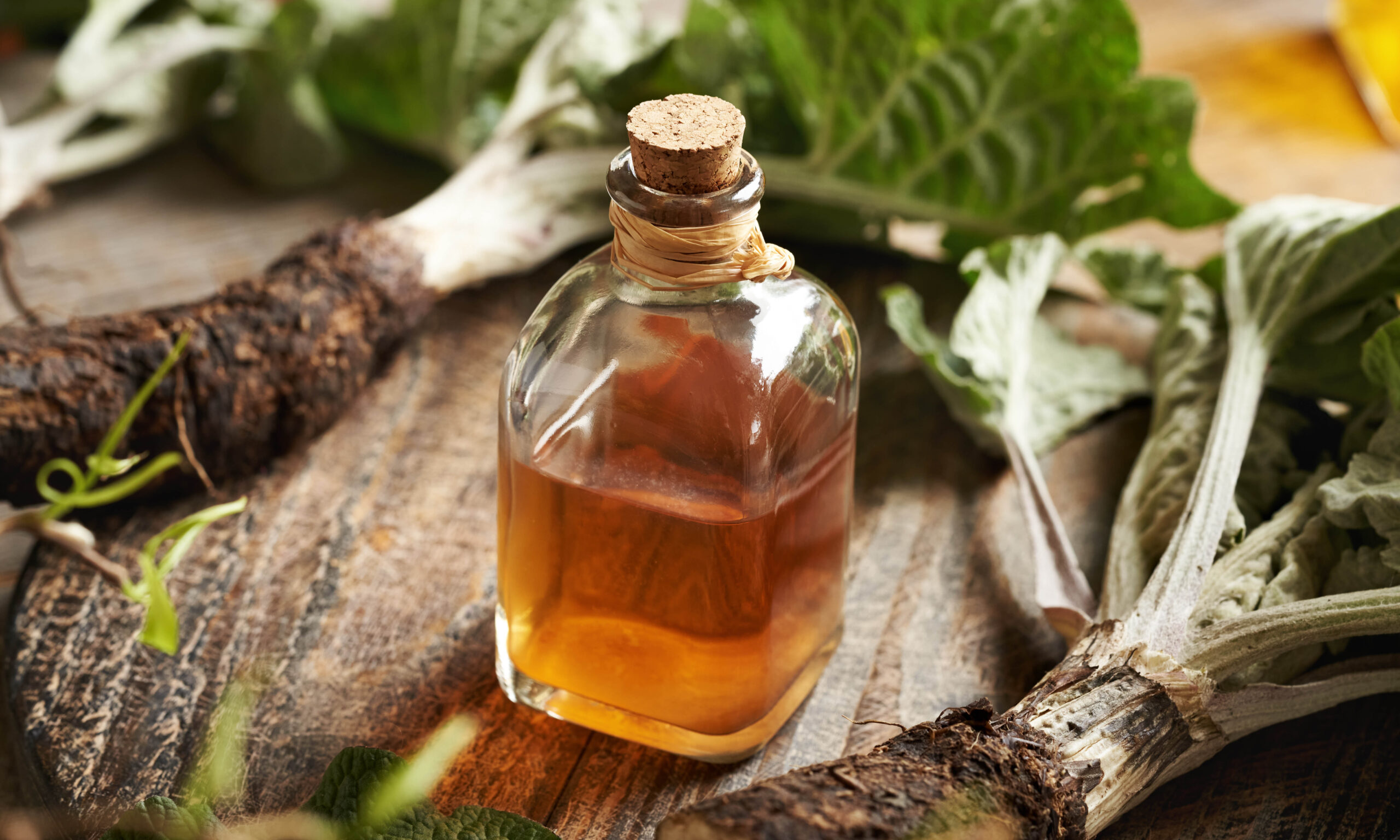
🩸 You Finally Got the Right Herb… But If You’re Using It Wrong, It Might Not Help You At All
Here’s the hard truth about herbal remedies:
The form you use can make or break the results.
A tea might smell nice…
But if the active compounds in your herb are fat-soluble or alcohol-soluble?
You’re drinking flavored water while your real medicine stays locked inside the plant.
That’s why herbalists reach for tinctures, and why you should too.
But not just any tinctures.
Nicole’s Apothecary has quietly become the most trusted source for herbal extracts. Because they’re made by someone who literally healed herself from MS using these same remedies.
Every formula is:
- Crafted by hand in small batches
- Made from organic or wild-harvested herbs, never fillers
- Carefully extracted using alcohol or dual-extraction to pull everything the plant has to offer
- Stored for maximum potency, with shelf life of over 7 years
- Labeled with clear dosage instructions, no more guessing
You’re not buying some mass-produced mystery liquid.
You’re getting the exact same tinctures Nicole uses to protect her own health.
💧 Some of the best-sellers you can start with:
- Reishi Mushroom Tincture – powerful immune and anti-inflammatory support
- Lion’s Mane – supports memory, nerves, and cognitive clarity
- Turkey Tail – gut-healing and immune-modulating
- Stinging Nettle Tincture – a natural antihistamine and mineral powerhouse
- Lemon Balm Tincture – soothing, calming, sleep-supporting
- Yarrow Tincture – for bleeding, wound support, fevers, and more
And there are dozens more, each crafted with one goal in mind:
to deliver real, plant-based healing into your bloodstream, quickly and safely.
You’ve already seen how dangerous it is to prepare herbal medicine wrong.
If you want tinctures that are safe, potent, and created by someone who knows exactly what she’s doing…
this is where you go.
⚠️ Mistake #9: Ignoring Storage and Cleanliness
You can do everything right… and still ruin your remedy after it’s made.
Moldy teas. Spoiled oils. Herbal syrups that bubble with bacteria.
Sound familiar?
Most people don’t realize that homemade medicine goes bad (fast) without proper hygiene.
Fresh herbs in oil? A mold magnet. Dirty jars? Contaminated remedy. Leaving that infusion on the counter for days? You just brewed yourself a petri dish.
Experts warn that one of the most common questions they get is: “Why is there a white cloud floating in my remedy?”
Spoilage signs: foul smell, cloudiness, bubbles, fuzzy spots. If you see them, toss it. Don’t risk it.
To keep your remedies safe:
- Use clean, sterilized jars
- Store fresh infusions in the fridge
- Add natural preservatives like alcohol or vinegar
- Keep dried herbs in dark, airtight containers
You wouldn’t eat moldy soup. Don’t swallow moldy medicine.
🌿 A Trusted Guide for Making Remedies the Right Way
You’ve made it this far, and that tells me something important:
You care. You’re not the type to blindly trust pills.
But you’re also smart enough to know that herbal medicine isn’t child’s play.
Every remedy you make is either bringing you closer to healing, or further from it.
And if you’re going to put your trust in plants, you need to know exactly what you’re doing.
Because there’s no second chance with a toxic plant… or a spoiled remedy… or a dosage mistake.
That’s why so many people, myself included, turn to The Forgotten Home Apothecary.
This isn’t just another herbal book.
It’s a bestseller on Amazon, used by thousands of families across the U.S.
It’s one of the few guides that actually shows you:
- Which part of each plant to use
- Exactly how long to steep, extract, or infuse it
- Which herbs you should never combine
- And how to make 250+ remedies safely, from your own home
If you’re ready to stop guessing and start making powerful remedies that actually work…
This is where you begin:
👉 Click here to grab your copy of The Forgotten Home Apothecary.
Buy it today, and you’ll also receive 3 free bonus guides prepared just for those who order directly from this page.
But don’t wait. Copies are limited, and knowledge like this won’t always be available when you need it most.

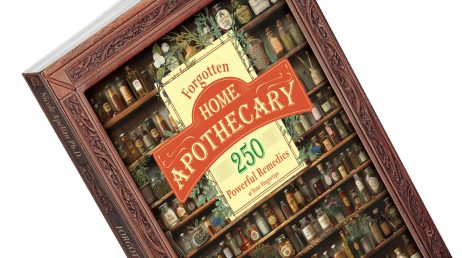







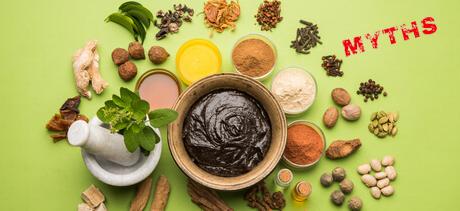
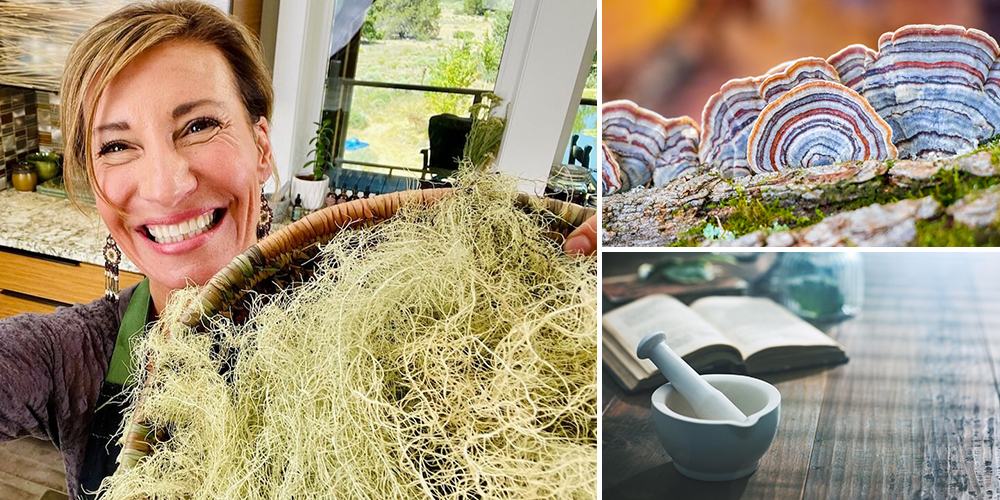
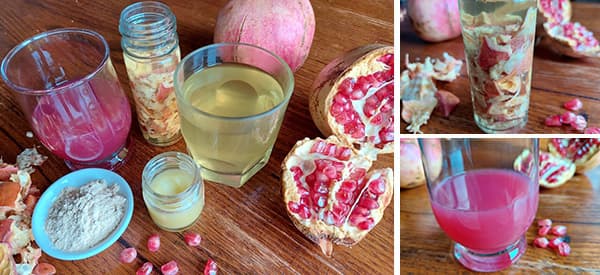
I absolutely loved this article. So spot on and full of things people absolutely really need to know. Medicine should never rely on guess work. Not knowing the exact details of an herb can kill you Even i learned a couple of things, and I’m a professional herbalist!
I think the most well known example, at least for me, is rhubarb. The stalks when harvested, cooked and a little sugar added are delicious. Go particularly well with strawberries. Eat the leaves, however, and you have a whole other ball game. Don’t recommend it.